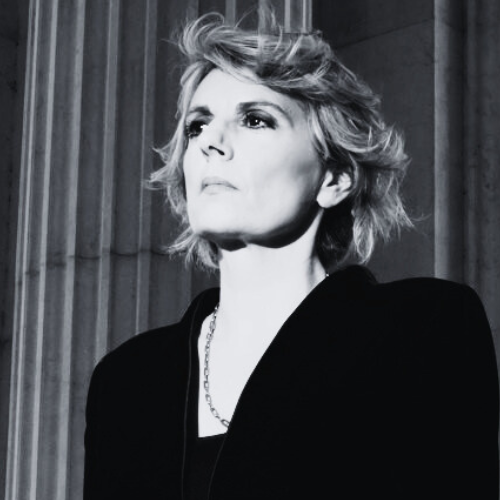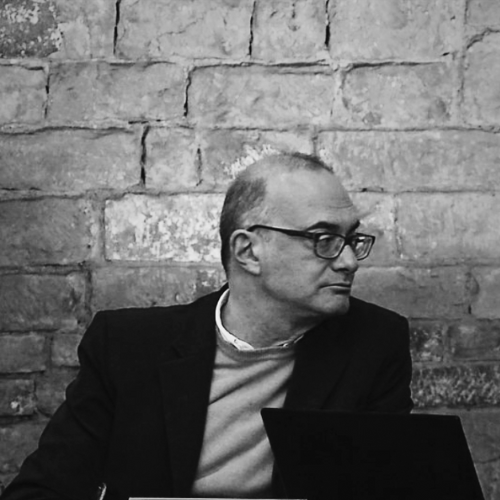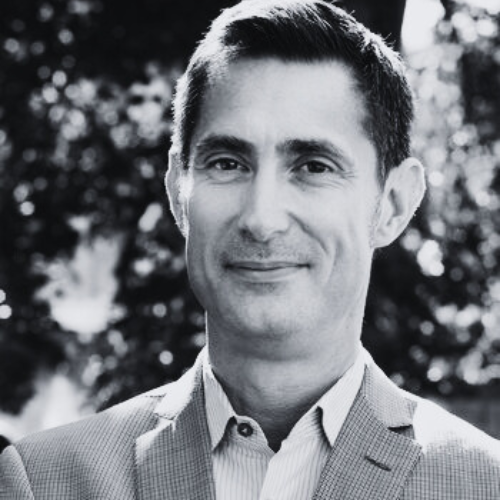SCIENTIFIC ORGANIZATION

Edith Gabrielli - Director of VIVE - Vittoriano e Palazzo Venezia
Married with two children, she studied at the “Sapienza” University of Rome and the London School of Economics and Political Science. She is an appreciated scholar in the fields of art history and museology, she has dozens of essays and monographs to her credit, published in national and international scientific forums.
In 1999 she joined the ranks of the Ministry for Cultural Heritage and Activities, from 2010 to 2015 she was Superintendent for the Historical, Artistic and Ethno-anthropological Heritage of Piedmont and the Scientific Director of the Conservation and Restoration Centre "La Venaria Reale" since January 2011: in Piedmont, among other things, she reopened Palazzo Carignano to the public and oversaw the museology project of the new Sabauda Gallery.
Returning to Rome, from 2015 to 2020 she directed the Museum Centre of Lazio: her management of 46 museums, archaeological areas and places of culture in the region, including the Pantheon, Castel Sant'Angelo and the Vittoriano, has achieved remarkable results both for the quality of the cultural offer and for the marked increase in the number of visitors and revenues.
Under her direction, which began in November 2020, the new Vittoriano and Palazzo Venezia institute is on its way to becoming a museum and exhibition centre of international importance. In 2023, the VIVE will reach 4 million visitors.

Massimiliano Rossi - Università del Salento
Massimiliano Rossi teaches History of Art Criticism at the University of Salento. He has long dealt with the fortune of Italian classics - Dante, Boccaccio, Ariosto, Tasso - around which he has organized two exhibitions, one in 2001 in Florence (L'arme e gli amori), the other in 2011 in Ajaccio (Florence au grand siècle), and with the tradition of artist-writers in the modern age (Bronzino, Danese Cataneo, Francesco Furini, Sebastiano Mazzoni).
He has also worked on the political iconography and collecting of the Medici family, mnemotechnical and more generally book illustration, the figurative culture of Galileo and the Accademie fiorentine, the artistic literature of the modern age.
He is the author of four monographs: La poesia scolpita. Danese Cataneo nella Venezia del Cinquecento (1995), Le fila del tempo.Il sistema storico di Luigi Lanzi (2006), Unione e diversità. L’Italia di Vasari nello specchio della Sistina (2014), Galileo apostolo, forthcoming. He is president of SISCA, the Italian Society for the History of Art Criticism.

Tristan Weddingen - Director of Bibliotheca Hertziana - Istituto Max Planck per la storia dell’arte
In June 2017 Tristan Weddigen was appointed director at the BHMPI. After being awarded a Ph.D. from the TU Berlin with a dissertation on Raphael in 2002 and nominated university lecturer at the University of Bern with a study on the Dresden Gemäldegalerie in the 18th century in 2008, he became assistant professor at the University of Lausanne in 2008 and full professor for history of early modern art at the University of Zurich in 2009.
There he ran the ERC project Textile – An Iconology of the Textile in Art and Architecture and the Getty project New Art Histories – Connecting Ideas, Objects and Institutions in Latin America, currently the Swiss Art Research Infrastructure (SARI) an the SNSF edition project Heinrich Wölfflins Gesammelte Werke.
His research department focuses on the global aspects of Italian art from the early modern period to today, thus extending the range of the research activities at the BHMPI to modern and contemporary times; furthermore, it addresses questions of materiality and mediality, studies the history of art history and engages in digital art history.










